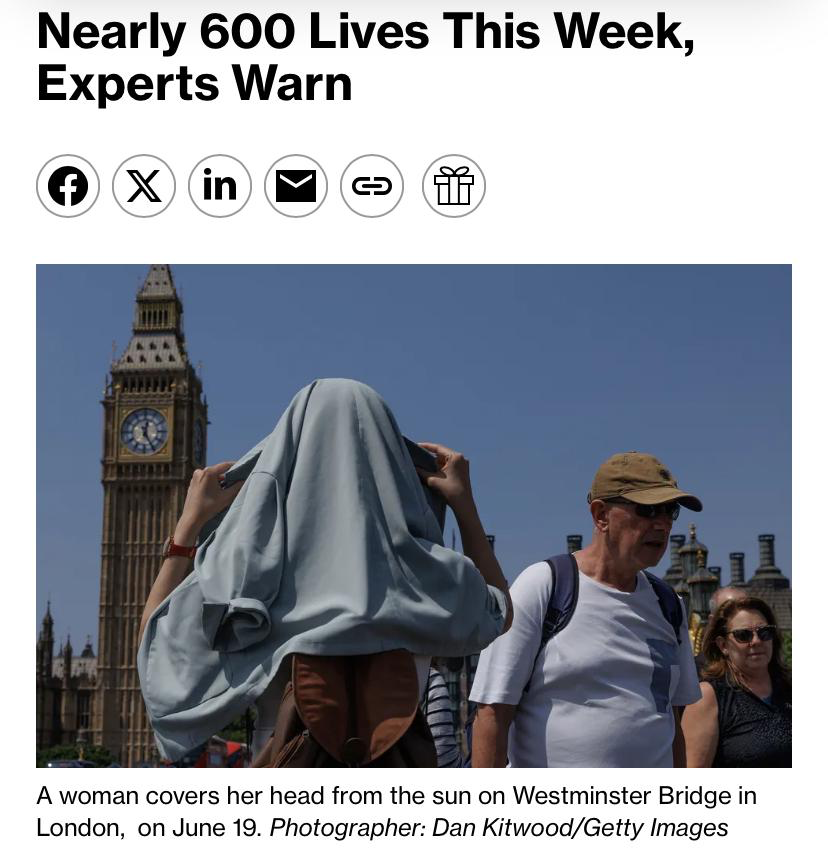AMERICANS CASH OUT ON GOLD COINS AS ASIAN INVESTORS BULK UP And PRIME MINISTER OF INDIA TO VISIT GHANA FOR STRATEGIC TALK
AMERICANS CAS OUT ONB GOLD COINS AS ASIAN INVESTORS BULK UP.
STORY ANALYSIS ONE
Q.1 Ans: Not fully—the image shows a gold bar, not coins, and gives no visual hint of Americans selling or Asians buying. So it only partly reflects the headline's East-West gold shift.
Q.2 Ans: It simply makes you crave that shiny bar—tempting you to invest so you don’t miss out. There’s no real panic or sadness, just a feeling of exclusivity and fear of missing out.
Q.3 Ans: The picture isn’t obviously photoshopped, but it’s biased. By focusing on a single shiny bar, it makes gold investing look glamorous and exclusive. It skips coins and the real buyers or sellers, so it simplifies the story.
Q.4 Ans: The bright light makes the gold shine and look extra special. The close‐up shot only shows the bar, so you can’t see anything else. That tells a simple story: gold is important and worth your full attention.
Q.5 Ans: It doesn’t really add new depth—it just echoes the headline by showing shiny gold. There’s no extra context about Americans selling or Asians buying. It just reinforces the basic gold‐investment idea.
Q.6 Ans: Yes. If we showed an American handing a gold coin to an Asian buyer, readers would instantly see who’s selling and who’s buying. A picture of real people trading coins makes the story clearer. Changing the image can totally shift how you feel about the news.
Q.7 Ans: Most other pictures show people trading coins or big piles of gold. This one just has a single shiny bar with no people or action. It feels less real and more like a lonely treasure than a busy market.
Q.8 Ans: No, it doesn’t show any country or politics just a shiny gold bar. But by only showing gold, it can make you think that only rich or powerful people trade it, hiding how everyday folks everywhere use or value gold.
PRIME MINISTER OF INDIA TO VISIT GHANA FOR STRATEGIC TALK.
STORY ANALYSIS TWO
Q.1 Ans: It does show India’s Prime Minister in his formal Nehru jacket, so you know who’s visiting. But it doesn’t show Ghana or any meeting scene, so it only tells half the story.
Q.2 Ans: It feels calm and important—like you should pay attention to something big about to happen. You get respect and interest rather than panic or sadness—just a serious, hopeful vibe.
Q.3 Ans: They’ve blurred the face, so the photo’s been edited to hide who it is. That makes it feel neutral and a bit distant, not personal. It frames the visit as formal but strips away the leader’s identity.
Q.4 Ans: It’s a close-up shot of the prime minister, so you see him as the main star. The bright, even light makes him look calm and important. A blurry background keeps your eyes on him and nothing else.
Q.5 Ans: It shows you it’s Modi in formal, traditional clothes, so you know who’s coming and that it’s important. But it still doesn’t show any Ghana setting or talks, so it mostly just repeats the headline.
Q.6 Ans: Yes. If you saw him shaking hands with President Mahama, it’d feel serious and official. If you saw him laughing with Ghanaian kids, it’d feel warm and friendly. Different pictures make you feel different things about the visit.
Q.7 Ans: Most other pictures show Modi and President Mahama together—handshakes, flags, or a meeting table in Accra. They include both leaders and sometimes other people, so you see the actual visit and friendships. This one just shows Modi alone, making it feel more distant and less like a real event.
Q.8 Ans: It’s politically charged—his Nehru jacket screams “Indian leader,” so you know it’s about India’s side. By only showing him, it leans into India’s power and formality, sidelining Ghana’s culture or perspective. That focus can make the visit feel one-sided, not a true two-way meeting.
BY: RICHMOND WEGBEY
INDEX: BABJ28067
#visualstorytelling #ivs2025 #UniMACIFT




No source
ReplyDelete